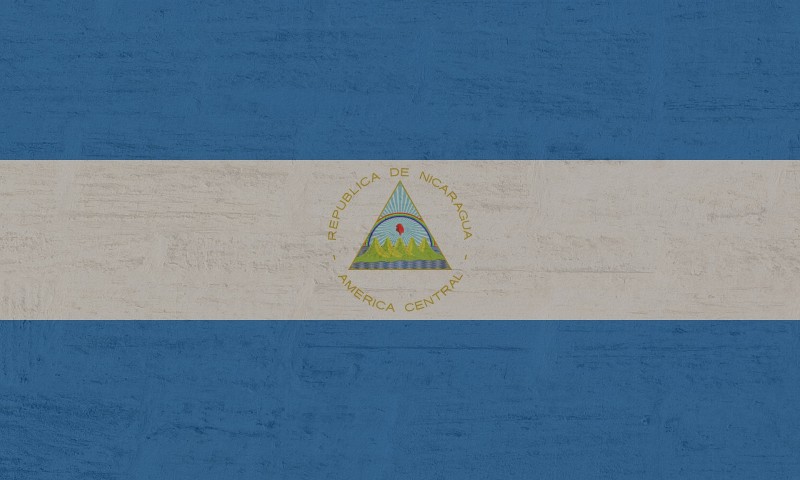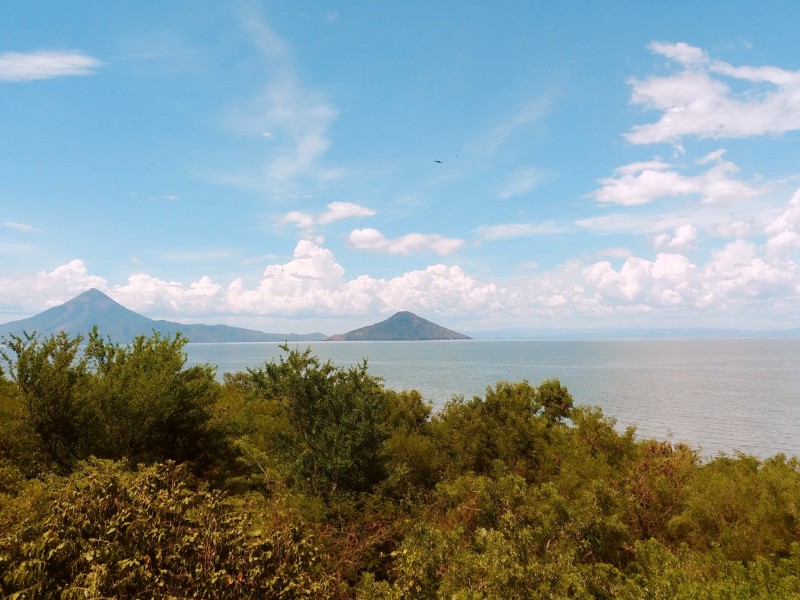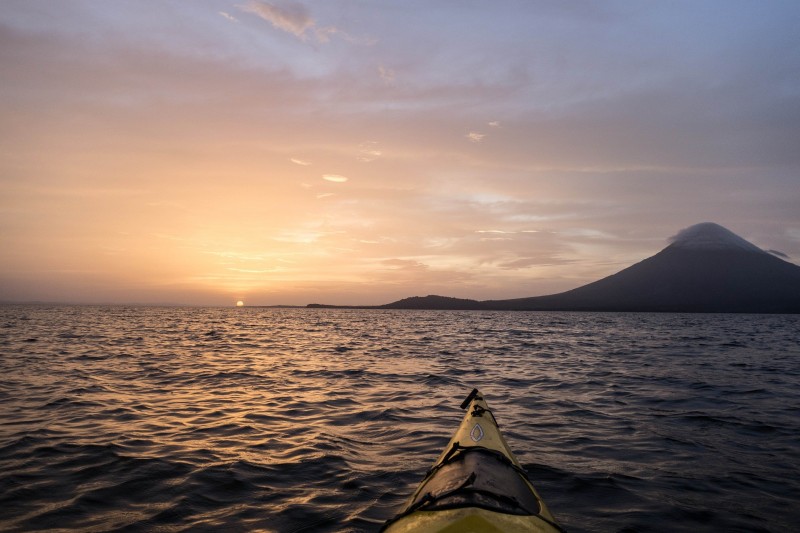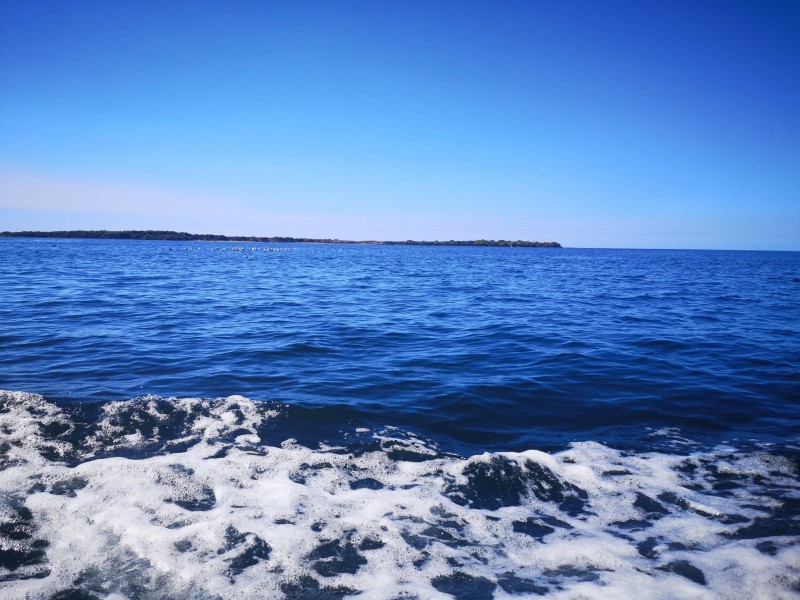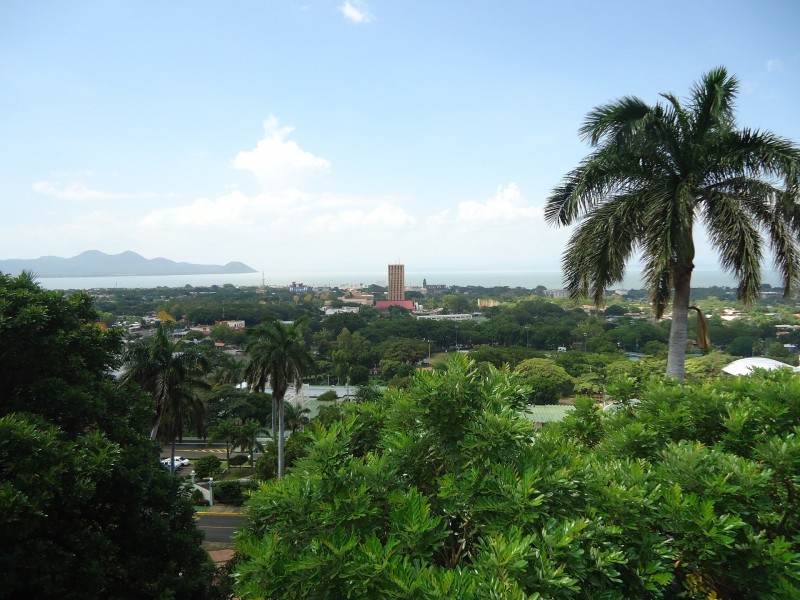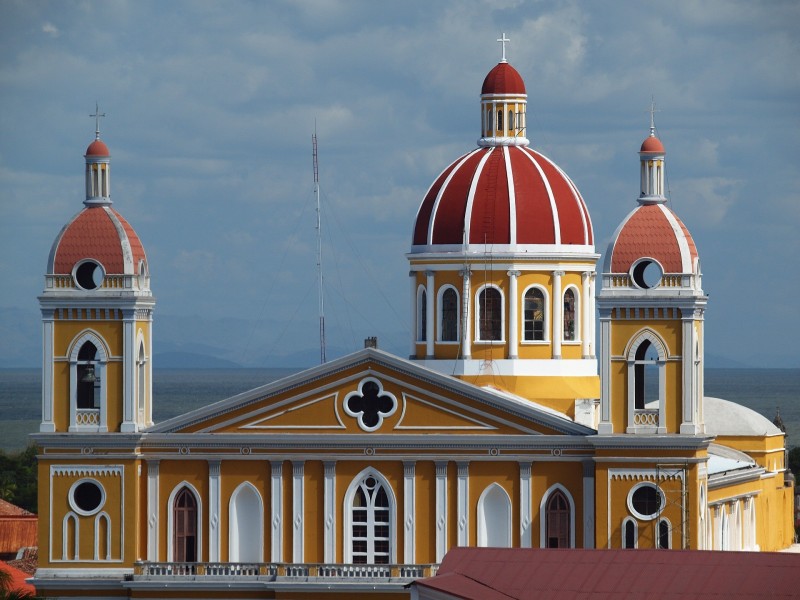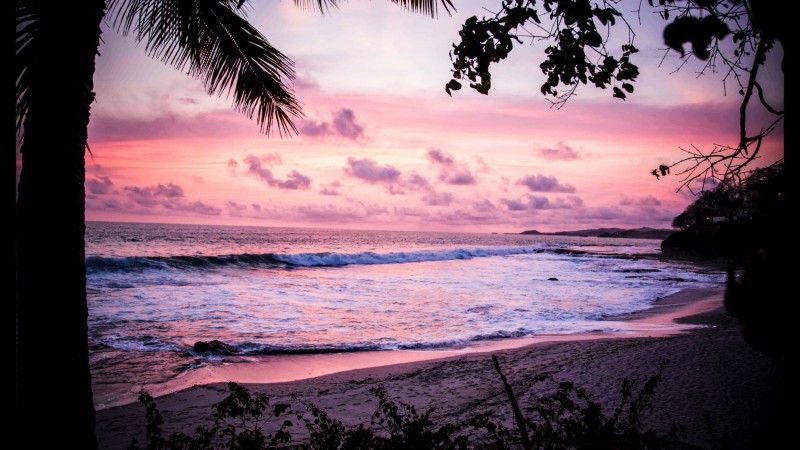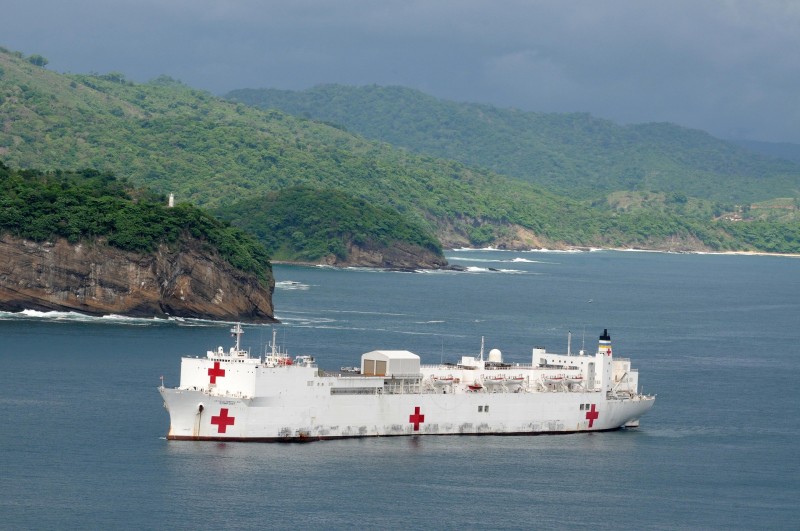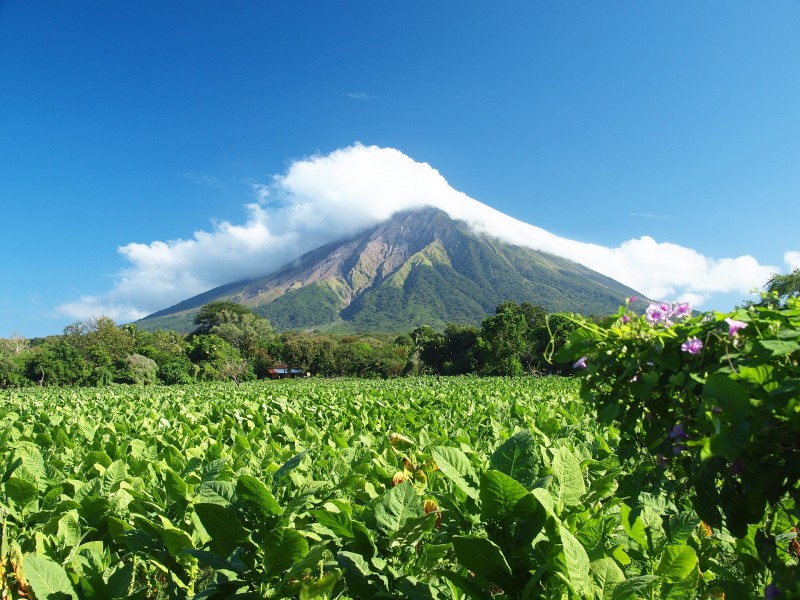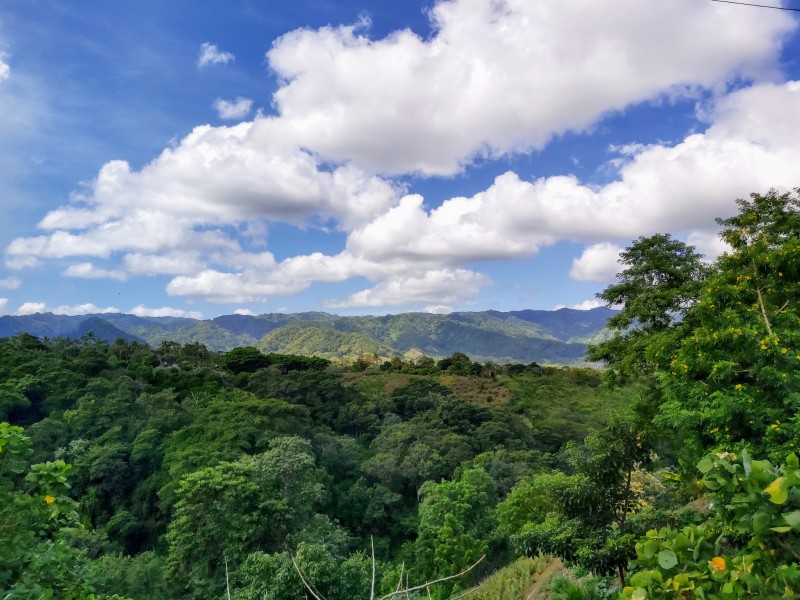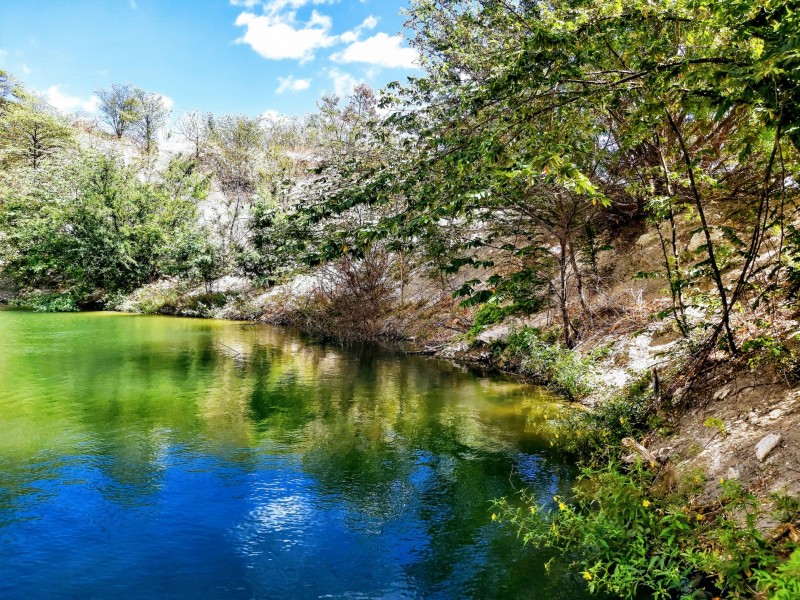Nicaragua
Nicaragua
Capital city description
Managua is the capital of Nicaragua, lying amid small crater lakes on the southern shore of Lake Managua. The city is only 163 feet (50 meters) above sea level and is one of Central America’s warmest capitals. Managua, the largest city in the country, is also its center of commerce and culture. It produces a variety of small manufactures, including processed meat, furniture, metal, and textiles, and it has an oil refinery. Coffee and cotton are the principal crops grown in the agricultural hinterland.
The city has railroad and highway connections with the Pacific port of Corinto and with the cities of León and Granada. The Pan-American Highway and an international airport tie it to other Central and North American cities. The town is surrounded by rich agricultural lands devoted primarily to cultivating coffee, cotton, and corn (maize)—the importance of sugarcane, rice, sorghum, and cattle.
Climate
Nicaragua has a tropical climate with slight seasonal variation in temperature, ranging between 21˚C-27˚C.
Languages spoken
The official language of Nicaragua is Spanish.
Fun/Fascinating Facts
- With an area of 49,998 square miles (129,494 square kilometers), Nicaragua is the largest of the Central American republics. As of 2021, its population stands at 6,723,544. It is the fourth most populous of the seven Central American countries after Guatemala, Honduras, and El Salvador.
- Honduras borders Nicaragua to the north, and Costa Rica borders it to the south. The Pacific Ocean is to the west, and the Caribbean Sea is to the east.
- During the 15th and 16th-century, the Nicarao indigenous people lived around present-day Lake Nicaragua. When the Spanish arrived, the colonists combined the word ‘Nicarao’ with the Spanish word for water, agua. It is formed as the name of the country.
- Over 40 volcanoes line Nicaragua’s Pacific coast; 19 of these are active volcanoes. They are a part of the Ring of Fire. The Masaya Volcano, located some 20km south of the capital Managua, is one of the most active volcanoes in the world.
- There is the largest lake in Central America. Lake Nicaragua has an area of 8,264 sq km (3,191 m) and a depth of 26 meters and is the tenth-largest lake in the Americas and the 19th largest lake in the world. The freshwater from Lake Nicaragua flows out to the Caribbean Sea via the San Juan River.
Unique Customs/Traditions
- Approximately 73% of Nicaraguans follow the Roman Catholic religion in a traditionally Christian country, with another 15% attending evangelical churches. It means that there are many religious holidays and festivals throughout the year. Banks and government offices may be closed, and there will surely be noise. The Catholic church often shoots off sound fireworks before dawn to wake the people and remind them that there is a reason to attend the church that day. Church parades weave through the town, with most Catholic congregations following and sometimes dancing behind.
- Nicaraguans are generally passive people and have a “live and let live” policy. Don’t bother them, and they won’t bother you. They don’t like to insinuate themselves into somebody else’s life. When they first meet you, they will not ask you “what you do,” nor question anything about your life, including whether you are married, have children, went to university, etc. Nicaraguans also don’t like conflict and would tell you what you want to hear than cause offense.
- Sometimes you will sit down at a table in a restaurant with your friends and as soon as the others are served, they will eat, whether you have your food. Table manners can be different here, so don’t be alarmed. For example, there is a delicious dish called vigorón that you buy on the street corners or from people in their homes. It is yucca (cassava) and pieces of pork and pork skin with a spicy cabbage salad on top, all wrapped in a banana leaf. You open the banana leaf and dig in with your fingers. Everyone does it.
- Banks and government offices may be closed, and there will surely be noise. There are many religious holidays and festivals throughout the year. The Catholic church often shoots off sound fireworks before dawn to wake the people and remind them that there is a reason to attend the church that day. Church parades weave through the town, with most Catholic congregations following and sometimes dancing behind.
- It’s the interaction with the Nicaraguan people that is the most lovable. And it’s because our cultures are so different. The U.S. was once this way when people looked out for others when they were in distress, whether they were strangers. Here people are pleased to be your friend if you are sincere. You are treated like a special guest if you go to a Nicaraguan party (wedding or birthday).
Popular universities
| Name | Description | |
|---|---|---|
| National Autonomous University of Nicaragua, Managua | UNAN is a private higher education institution in Nicaragua. This university was founded in 1812. One of the attractions of the capital of Nicaragua is the main campus of UNAN. University ranking proudly stands at the top of the national scale of Nicaragua. The university is among the best 5% worldwide, ranking 1617 in international ratings. The students must pass examinations to enroll in the university. Like many universities in Nicaragua, the academic year consists of two semesters. The students have access to the university’s library. It has a variety of sports facilities. | |
| Centro-american University | Centroamerican University is Located in Managua, Nicaragua, and Central American University. It is the first private university in Central America. It was founded in July 1960 by the Society of Jesus as a non-profit, autonomous educational institution of public service and Christian inspiration. Its noted alumni include Daniel Ortega, Daisy Zamora, and Ernesto Leal. Students can choose undergraduate and postgraduate study within four faculties: Law; Humanities and Communication; Science, Technology, and Environment; Business Economics. There’s a variety of things students can get involved with, including academic exchange, university radio; volunteering; sports; culture. | |
| INCAE Business School, Nicaragua | INCAE Business School, Nicaragua is a higher-education institution located in the metropolis of Managua. INCAE Business School was founded in 1964. This institution also has a branch campus in Alajuela. Officially recognized by the Southern Association of Colleges and Schools Commission on Colleges, INCAE Business School, Nicaragua (INCAE) is a co-educational Nicaraguan higher education institution. INCAE Business School, Nicaragua (INCAE) offers courses and programs leading to officially recognized higher education degrees such as pre-bachelor degrees, bachelor's degrees, and master's degrees in several areas of study. This 56-year-old Nicaraguan higher-education institution has a selective admission policy based on entrance examinations. The admission rate range is 30-40% making this Nicaraguan higher education organization a particular institution. International students are welcome to apply for enrollment. INCAE also provides academic and non-academic facilities and services to students, including a library, housing, sports facilities, financial aids and scholarships, study abroad and exchange programs, and administrative services. | |
| Polytechnic University of Nicaragua | UPOLI is a private nonprofit higher education institution in Nicaragua. UPOLI became active in 1967. The university campus is of urban-type and is located in the vicinity of Managua and positioned itself among the top 10 universities in Nicaragua. In most cases, the admission committee prioritizes the applicant’s academic performance when considering them for admission. It is worth mentioning that a mild competition among the students characterizes UPOLI. There are only two applicants per seat. Like many universities in Nicaragua, the academic year consists of two semesters. Being a medium-scale University, Polytechnic University of Nicaragua teaches more than 14 thousand students. Being a foreign citizen does not exclude you from the admission process. UPOLI employs about 599 teachers and professors. The university is an active participant in international programs aimed at the academic exchange of students between the educational institutions. | |
| National Autonomous University of Nicaragua, Leon | UNAN-León is a public higher education institution in Nicaragua. It is one of the most prestigious universities in Nicaragua, taking its rightful place among the top 5 educational institutions in the country. UNAN-León was founded in 1812. The main building of the university is located In Leon. The National Autonomous University of Nicaragua-Leon is a large university with more than 24,000 concurrent students. The students have access to the university’s library. It has a variety of sports facilities. | |
Festivals & Events
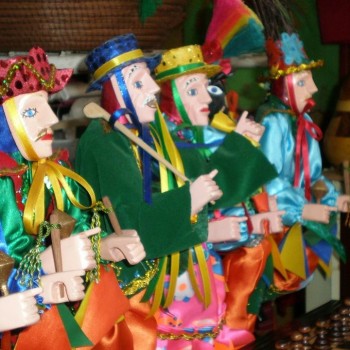
San Jeronimo
Date: September
The longest festival in Latin America’s festival calendar, San Jeronimo, is celebrated for around 80 days in the town of Masaya Nicaragua’s cradle of culture. Officially, the festivities are only meant to last eight days, but this is Nicaragua we’re talking about it’s not the sort of country that does things by halves.
The last day of September is when things kick off, and the figure of Masaya’s patron saint, San Jeronimo, is removed from its place in the church and paraded through the town.
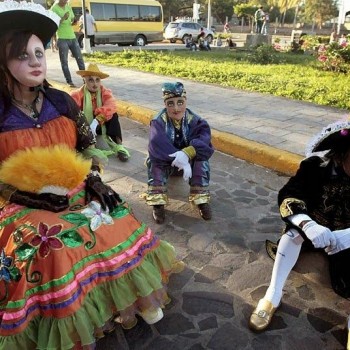
International Poetry Festival
Date: February
Each year in February, revered poets from all over the world descends upon the city of Granada in celebration of the power of the written word.
Granada is the perfect backdrop to this cultural festival with its colonial architecture and fascinating history. As you can imagine, hearing the terms of such famed poets echoing along streets that have been plundered by pirates and ruled by colonialism is quite an inspiring experience.
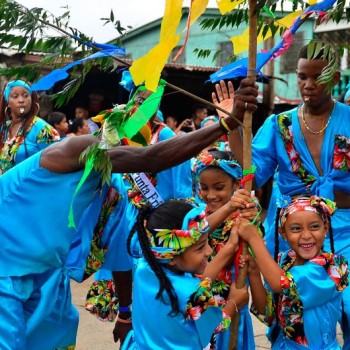
Palo de Mayo
Date: May
Palo de Mayo is Nicaragua’s biggest and best street party, occurs throughout May, and is best observed in the small town of Bluefields on the country’s Caribbean coast. The celebrations get underway on the first of the month when local communities host their own smaller festivities, including gourmet fairs, art exhibitions, and a range of contests.
Bluefields is transformed into one giant carnival. The festival offers music, dancing, and local cuisine.
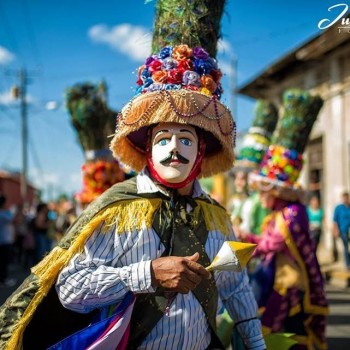
Diriamba
Date: 19th-20th January
Diriamba, also known as the San Sebastian festival, takes place on January 19-20 every year and is a religious feast celebrated by all Nicaraguans.
The festival combines the traditions of indigenous and Spanish roots. The dances, songs, and costumes reflect the indigenous culture that predates the arrival of the Spanish in the 16th century.
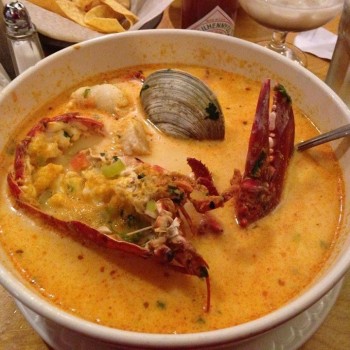
Crab Soup Festival
Date: August
Crab Soup Festival is held annually on the Corn Islands every August. It celebrates the release of the 99 enslaved people on the island by the Queen of England during the nineteenth century. It has turned into the biggest celebration on the islands, heralding their heritage.
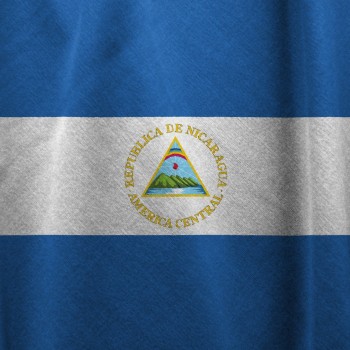
Fiesta del Toro Venado
Date: October
Fiesta del Toro Venado typically falls on the last Sunday of October in the region of Masaya (close to Managua and Granada). It is a Nicaraguan dance festival that begins at noon and ends at sunset and is based on superstitions similar to Halloween. People create and wear masks for the processions.
Attractions / Top Sights
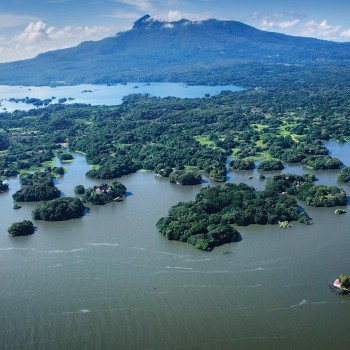
Lake Nicaragua
When to visit: Between November and May
Lake Nicaragua is Central America’s largest freshwater lake, located in the southwestern part of Nicaragua. By area, it is also the world’s 20th largest lake and the tenth-largest lake in the Americas. Lake Nicaragua is home to 365 small islands that form an archipelago known as Las Isletas or Islets of Granada due to their location southeast of the colonial city of Granada. The islets are more than 25,000 years old, initially formed from the ash and stones of the Mombacho volcano.
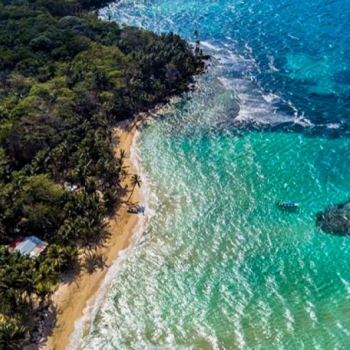
Corn Islands
When to visit: December to February
Corn Islands are one of the Caribbean's top authentic tourist destinations. The beaches here are beautiful, light-gold-sand affairs fronted by crystal-clear, turquoise water that stays warm year-round.
There are two Corn Islands, Big Corn Island and Little Corn Island, and they are both located 70km off the Eastern Caribbean coast of Nicaragua. The people on the Big Cor Island live in colorful wooden houses, many of which are sprinkled along the main road around the island.
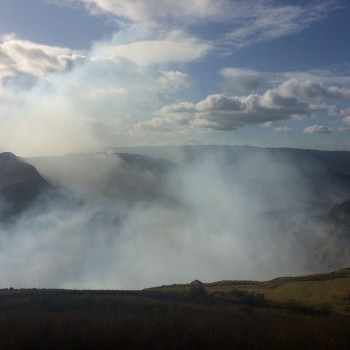
Masaya Volcano
When to visit: Between November and May
Masaya Volcano is a caldera located in Masaya, Nicaragua, 20 km south of the capital Managua. The complex volcano is composed of a nested set of calderas and craters, the largest of which is the Las Sierras shield volcano and caldera.
It is Nicaragua's first and largest national park and one of 78 protected areas of Nicaragua. Masaya Volcano is also one of Nicaragua's top places to visit. The main attraction is the massive Santiago Crater formed between the Nindiri and Masaya volcanoes.
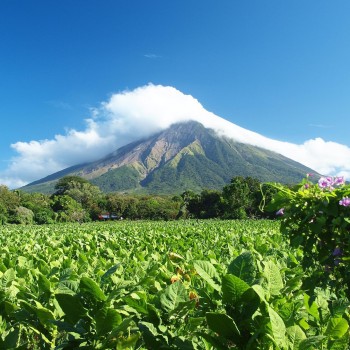
Isla de Ometepe
Isla de Ometepe is one of Nicaragua's unique places to visit. It is located in Lake Nicaragua, the largest freshwater lake in Central America and home to Granada's Islets. The island has not one but two volcanos, both of which can be climbed.
Maderas is the volcano in the south of Ometepe, and it is less active than the Concepcion volcano in the north. The hike to the summit of Maderas takes you to a beautiful crater lake. An impressive waterfall at the base also cascades for almost 50 meters down a sheer rock wall.
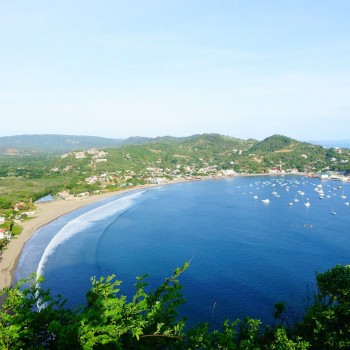
San Juan del Sur
When to visit: November to December
San Juan del Sur is a vibrant town with a large ex-pat community and an excellent surf beach just 20 miles to the north. The town itself is filled with colorful buildings and murals. San Juan del Sur is famous among surfers and is a vacation spot for many Nicaraguan families and foreign tourists.
The town itself is filled with colorful buildings and murals. The Mirador del Cristo de la Misericordia sits on one of the highest points on the bay and is one of the tallest Jesus statues in the world. A statue of the Christ of the Mercy sits above the town on the bay's northern end.
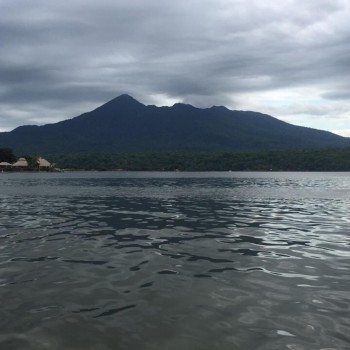
Mombacho Volcano Nature Preserve
When to visit: Between November and May
Mombacho Volcano Nature Preserve includes a unique cloud forest landscape covering 2,500 acres. It sits to the southwest of Managua, just 10 kilometers from the colonial town of Granada and magnificent Lake Nicaragua.
Surrounded by rural farms and coffee plantations, the landscape is beautiful. The reserve is known for its prolific, colorful, and fragrant flora, with more than 800 species of plants growing here.
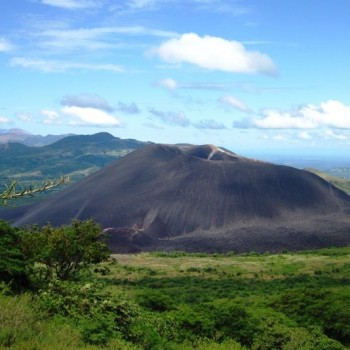
CERRO NEGRO
When to visit: April to May
CERRO NEGRO is Central America's youngest volcano. It consists of a gravelly basaltic cinder cone, which contrasts significantly with the surrounding verdant hillsides, and gives rise to its name, Black Hill.
While it's still considered active, today, most people head to Cerro Negro to try their skills at volcano surfing. The sport involves riding down the side of the volcano's black ash on a wooden surfboard.















